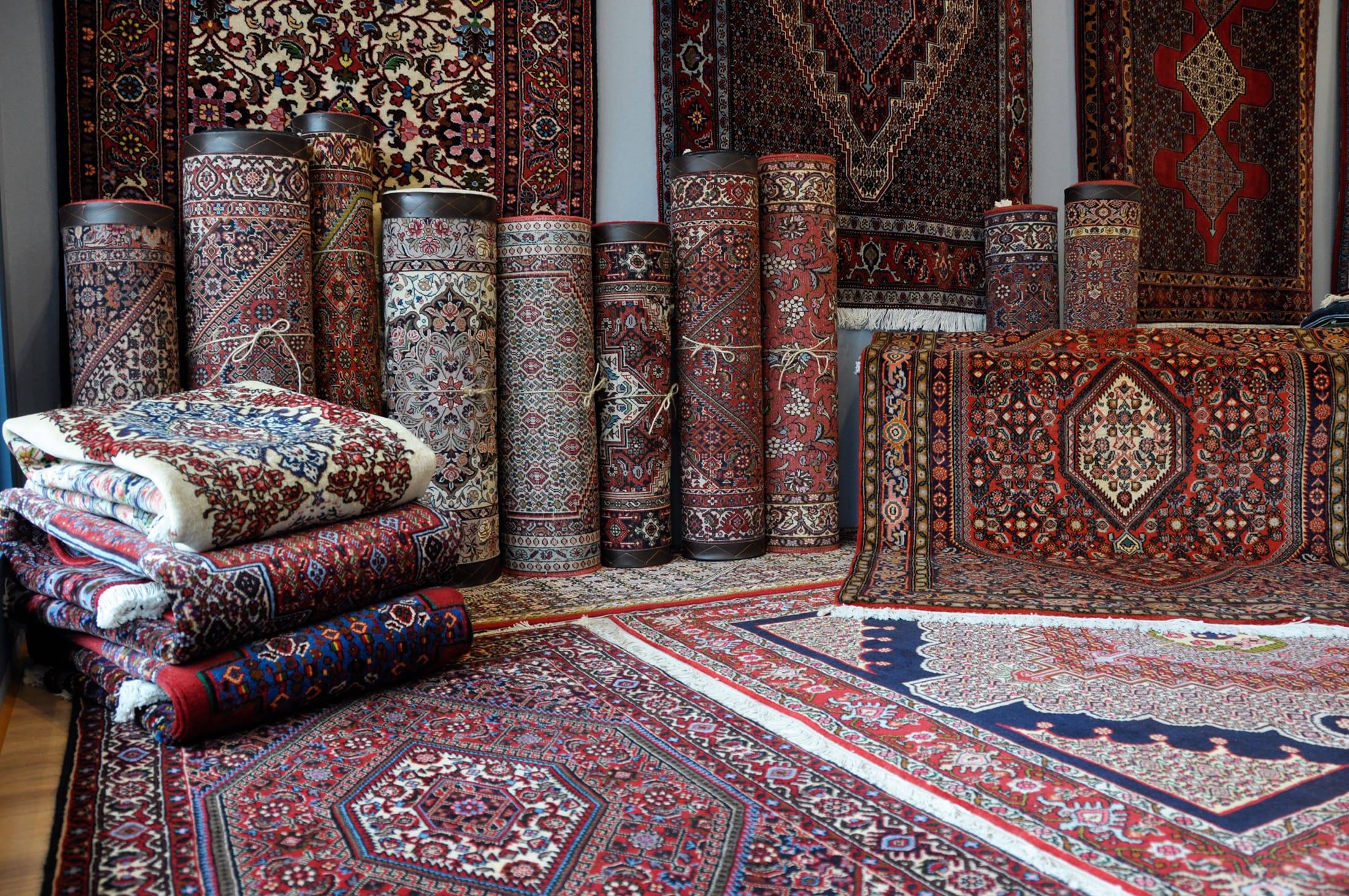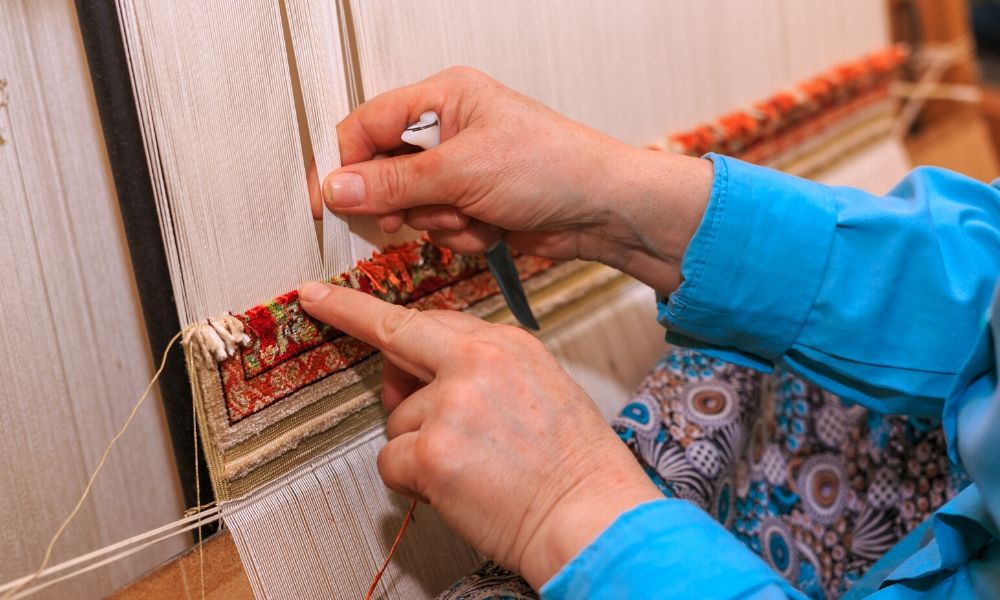Wool is a natural animal fiber, mainly sourced from sheep, but also from goats (like cashmere and mohair), alpacas, and camels. It’s the soft, insulating undercoat that grows beneath the outer hair layer, and it’s this fleece that humans have relied on for thousands of years for warmth, comfort, and clothing. Wool’s discovery dates back to early humans who first used sheepskins, then learned to spin fibers into yarn and weave it into fabric marking the birth of textile history.
Modern wool comes primarily from shearing live animals, done once or twice a year depending on the breed. However, an inferior form known as “pulled wool” is extracted from the hides of slaughtered sheep. This type is weaker and less elastic. When raw fleece is cleaned, a valuable by-product called lanolin is extracted a natural wax used widely in skin care, baby lotions, and ointments.
This fatty substance protects the animal’s skin and helps waterproof the fleece. Wool is made of keratin, the same protein found in human hair and nails. As a protein fiber, it’s more sensitive to heat and chemicals than plant-based fibers like cotton or linen. Wool’s thickness varies: the finest Merino wool can be as thin as 16 microns, while coarse wools can go up to 40 microns. One micron equals 0.00004 inches.
Fine wool fibers are short (1.5–3 inches), while coarse ones can reach 14 inches. The fiber’s natural crimp, or waviness up to 30 waves per inch gives wool its springy texture and thermal properties. Fine wool is usually white, but coarse varieties may be brown or black and often have higher sheen (lustre).
Wool is surprisingly strong and flexible. A single fiber can stretch up to 30% of its length and still return to shape. But unlike plant fibers, wool loses strength when wet. Still, its natural bounce helps garments resist wrinkles and hold their shape over time. Thanks to the crimp and resilience, even loosely spun wool yarns are durable and trap heat-retaining air. This makes wool uniquely warm, breathable, and lightweight. Its structure allows the creation of airy yet strong fabrics perfect for both insulation and ventilation.
Wool absorbs up to 18% of its weight in moisture without feeling wet, adjusting to humidity levels. This helps regulate body temperature keeping you warm in cold and cool in heat. Since wool absorbs and releases moisture slowly, it rarely feels damp and doesn’t cause chilling from quick evaporation like cotton. Washing wool requires care. Hot water, harsh detergents, or mechanical friction can cause fibers to felt a process where they lock together and shrink permanently. This is why many wool garments are labeled “dry clean only.” However, modern wool is often treated with special finishes to resist shrinkage, insects, mildew, fire, and water.
Australia, Russia, New Zealand, and Kazakhstan lead in fine-wool production, and India leads in the production of the coarser wools known as carpet wools. Leading consumers include the United Kingdom, the United States, and Japan.
There are two major types of wool yarn: woolen and worsted.
Woolen yarns use shorter fibers and feel thick and fuzzy. They’re great for items like blankets and tweed.
Worsted yarns use longer fibers, creating smooth, strong, and refined fabric perfect for suits and formal wear.
Production
Australia produces 25 percent of the world’s wool, which makes it the most prominent wool-producing country. China, which has one of the world’s largest textile markets and textile industries, produces 18 percent of the world’s wool. At 17 percent, the United States is the third-largest wool producer, and New Zealand comes in fourth since it produces 11 percent of the world’s wool supply.
Wool production begins with shearing, the process of removing fleece from animals like sheep, alpacas, or goats. Most sheep are sheared once a year usually in spring though some breeds yield fleece more frequently depending on climate and genetics.
After shearing, the raw fleece is cleaned to remove impurities like dirt, sweat, and natural oils (called lanolin). Large-scale operations typically use chemical scouring agents to extract lanolin efficiently, which is later refined and sold for use in skincare products. Smaller or organic producers may use gentler, eco-friendly methods to preserve fiber quality.
Once clean, the wool is sorted by fiber length, fineness, and quality, then carded a process that straightens and aligns the fibers into soft, airy strands. Carding prepares the fibers for spinning and helps remove any remaining debris. At this stage, wool begins to take on the uniformity required for fabric-making.
These carded wool strands are then spun into yarn. The spinning process twists the fibers together to create strength and elasticity. After spinning, the yarn is washed again to remove residues and stabilize the texture.
The final yarn is ready to be woven or knitted into fabric, which may then undergo several finishing processes to enhance performance and appearance.
Fulling involves soaking and compressing the fabric to make fibers bond more tightly, increasing warmth and thickness.
Crabbing locks in this structure by applying controlled heat and moisture, helping set the textile’s shape.
Decating, often done with steam, gives the fabric a smoother finish and helps resist future shrinkage.
Dyeing may happen at any stage before spinning, after weaving, or even after finishing depending on the desired look. Vintage or hand-dyed wools, for instance, are often dyed in small batches for unique color tones.
Types
Wool isn’t just from sheep. Across the world, various animals produce unique types of wool, each with different textures, warmth, and value.
1. Merino Wool
Merino wool is the most widely used fine wool globally. While Merino sheep originally came from Spain, over 80% are now raised in Australia. This wool is prized for its softness, with fiber diameters often below 20 microns. Its natural grease (lanolin) must be removed before spinning. Lightweight, breathable, and warm, merino is used in everything from thermal wear to luxury suits.
2. Cashmere Wool
Cashmere comes from goats native to the Kashmir region. Each goat yields just 150 grams of wool yearly, making it extremely rare and expensive. With fibers as fine as 18 microns, cashmere rivals merino in softness but is even warmer. It’s commonly used in premium scarves, sweaters, and coats.
3. Mohair Wool
Mohair is obtained from Angora goats, known for their long, shiny, wavy hair. Mohair is soft, elastic, and has a natural sheen, making it ideal for suits and upholstery. However, the industry has faced ethical concerns due to animal treatment. Despite this, mohair remains valued for its crimp and bounce.
4. Alpaca Wool
Alpacas have been bred in the Andes for over 5,000 years. Their fleece is warmer and lighter than sheep wool. Young alpacas produce hair as fine as 15 microns, but fiber coarsens with age. Suri alpacas provide the most luxurious variety. Alpaca wool is often blended with other fibers for cost-effectiveness while keeping its natural drape and softness.
5. Camel Wool
Collected mainly from Bactrian camels, this wool is very warm and often used for coats, rugs, and blankets. It’s soft and insulating, but less durable and rougher than other wools. It’s rarely used in garments that touch the skin directly.
6. Virgin Wool
Also called lamb’s wool, this refers to wool from a sheep’s first shearing. It’s naturally soft and elastic. The term is also used for any wool that hasn’t been previously used or recycled. Virgin wool is often used in premium clothing and blankets.
7. Angora Wool
Produced by Angora rabbits, this wool is extremely soft, fluffy, and lightweight. It insulates well but is fragile. Ethical concerns are common in angora farming due to inhumane treatment of rabbits. High-end winter wear and luxury garments sometimes use angora blends.
8. Vicuña Wool
Vicuña, a rare relative of the alpaca found only in Peru, produces the most expensive wool on Earth. It’s extremely light, silky, and warm. Due to its endangered status, harvesting is tightly regulated. A single scarf can cost thousands of dollars.
9. Llama Wool
Coarser than alpaca, llama wool is durable and naturally water-repellent, making it useful for outerwear and rugs. It’s not commonly worn directly on the skin but is used in traditional Andean garments.
10. Qiviut Wool
Harvested from musk oxen in Arctic regions, qiviut wool is eight times warmer than sheep wool and incredibly lightweight. It doesn’t shrink and is often used in luxury cold-weather gear like hats, scarves, and gloves. It’s rare and expensive due to limited supply.
Environmental Conflict
Wool is a natural material. It comes from animals, so it can be made in a way that is safe for nature. If the animals are treated well and live in clean, open places, wool is a good and eco-friendly fabric. It breaks down in the soil and does not cause waste.
But in real life, wool is not always made the right way.
Many wool farms care more about money than about the animals or the land. In these places, animals may be hurt during shearing, kept in small areas, or killed if they get sick or weak. This causes pain and is not kind to the animals.
Some animal groups, like PETA, have shown videos of goats and rabbits treated badly for their wool. While these groups may sometimes go too far, the problems they show are often true.
Wool farming can also hurt the land. Too many sheep in one place can damage the soil. Their waste can pollute rivers. Some farms use strong chemicals called “sheep dips” to kill bugs, but these can get into the ground and harm plants and water.
Farmers sometimes also kill wild animals like kangaroos or coyotes to protect sheep. This is bad for nature and breaks the balance of wildlife.
So, even though wool can be made in a good way, that doesn’t always happen. Some farms follow rules to treat animals better and protect the earth. These are the kinds of wool we should choose.
Pricing
Australian Wool Innovation Limited releases weekly reports showing the market price of wool per kilogram. These reports are a reliable source for tracking current wool prices across Australia.
As of now, clean Australian wool sells for around $19.60 per kilogram. This makes wool one of the more expensive natural fibers available today.
Compared to cotton its main global competitor wool is noticeably pricier. It also costs more than most synthetic fibers like polyester or acrylic. However, wool offers natural advantages that man-made fabrics can’t match, such as better insulation, moisture control, breathability, and biodegradability. These qualities make it a preferred choice for premium garments, especially in colder climates or performance wear.
Some groups check and certify wool to make sure it meets good standards. These checks usually focus on two things: how good the wool is, and how safely and fairly it was made—both for animals and the environment.
One of the most trusted groups is the Responsible Wool Standard (RWS). It certifies wool from different animals and makes sure the wool comes from farms that treat animals well and follow clean, safe methods.
Woolmark is another well-known name in the wool world. It doesn’t just sell wool—it also tests other companies’ wool to make sure it meets high quality.
The International Wool Textile Organization (IWTO) is also an important group. It sets global rules for wool and checks if companies are following them.
Comparision
| Feature | Wool | Cotton | Polyester | Silk |
|---|---|---|---|---|
| Source | Animal (sheep) | Plant (cotton) | Synthetic (plastic) | Animal (silkworm) |
| Feel | Soft, warm | Soft, cool | Smooth, light | Soft, smooth |
| Warmth | High | Medium | Low | Medium |
| Breathable | Yes | Yes | No | Yes |
| Moisture Use | Absorbs well | Absorbs well | Poor | Good |
| Durability | Strong, long life | Wears faster | Very strong | Delicate |
| Eco Impact | Low (if ethical) | Medium | High | Medium |
| Cost | Medium to high | Low | Low | High |
| Best Use | Winter, suits, rugs | Daily wear, towels | Sportswear, bags | Luxury clothes |
Summary
Wool is a natural animal fiber mainly from sheep, valued for its warmth, breathability, and durability. It’s obtained through shearing and processed into yarn through cleaning, carding, and spinning. Fine types like Merino, Cashmere, and Alpaca offer luxury softness, while others like Mohair and Qiviut are prized for insulation.
Wool outperforms cotton and synthetics in moisture control and thermal regulation. However, some production methods raise ethical and environmental concerns, especially regarding animal welfare and land damage.
Certifications like RWS and Woolmark ensure quality and sustainability. Though wool is costlier, its natural origin, comfort, and long life make it a high-value textile for garments, furnishings, and industrial use. With proper practices, wool remains a sustainable and timeless fabric.






